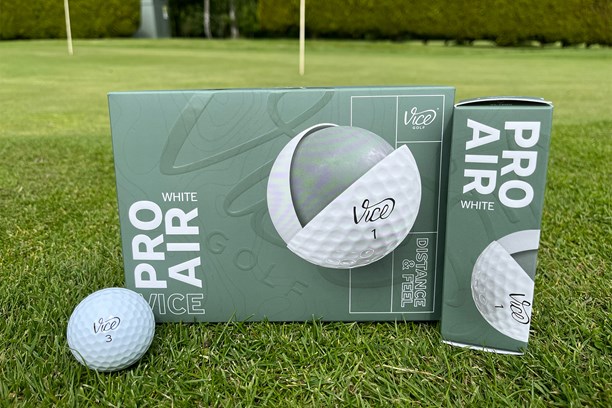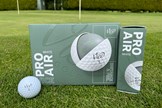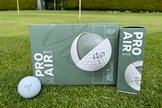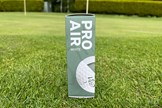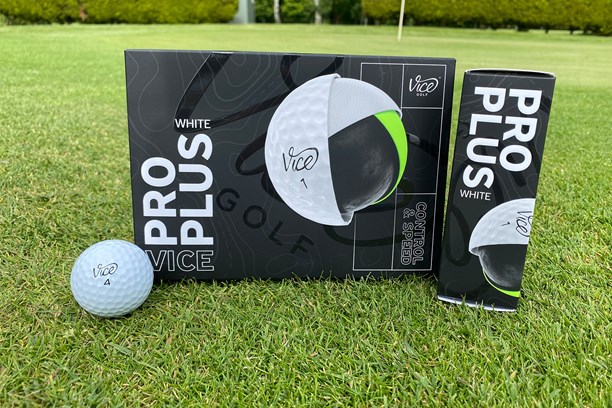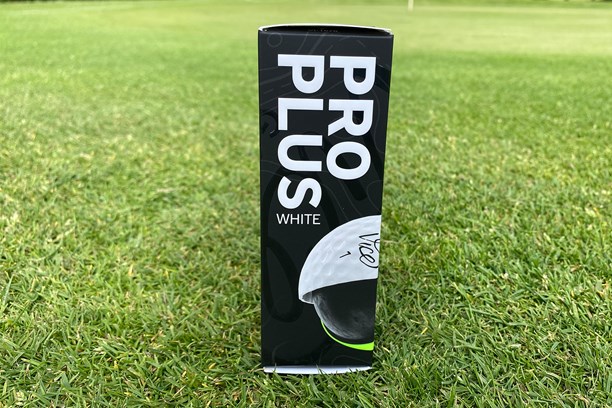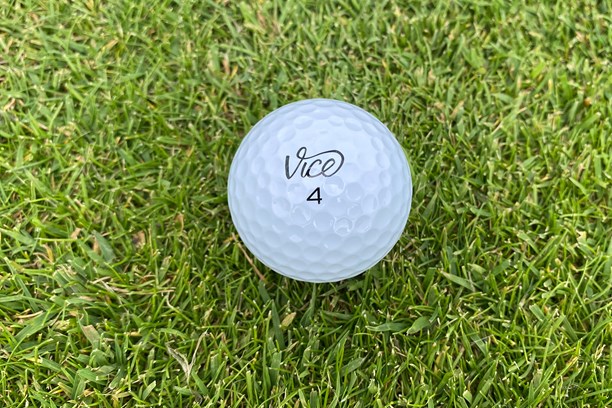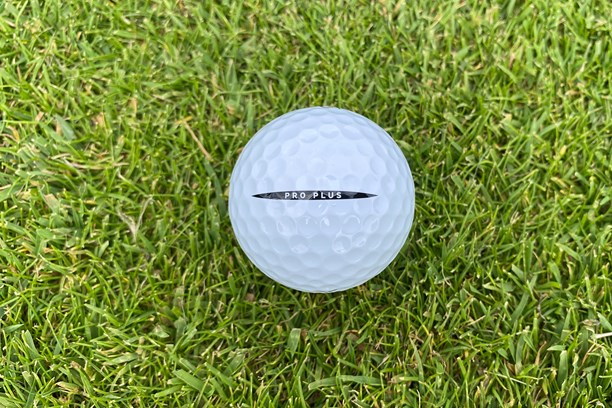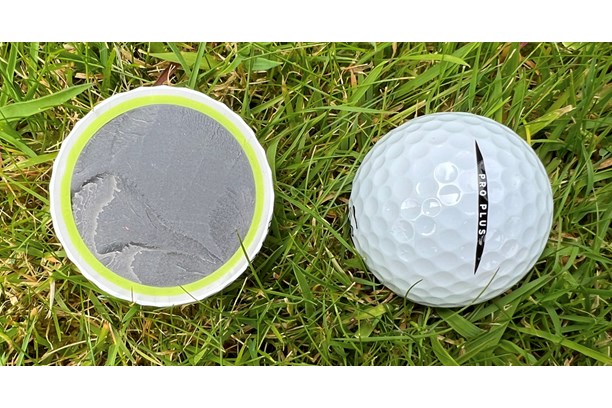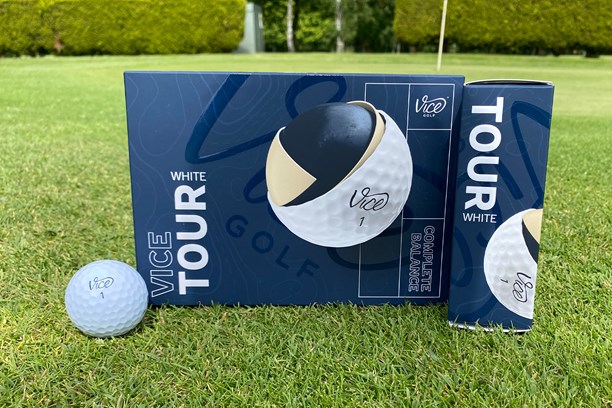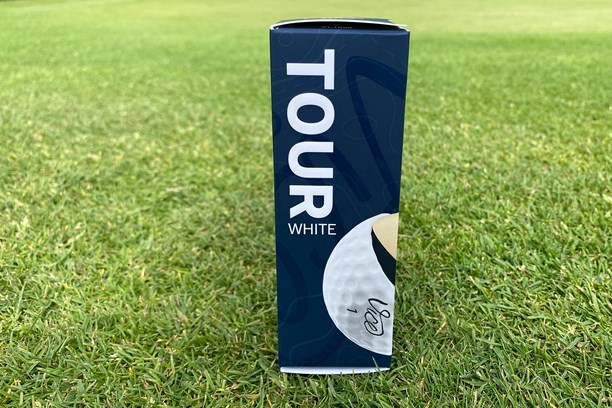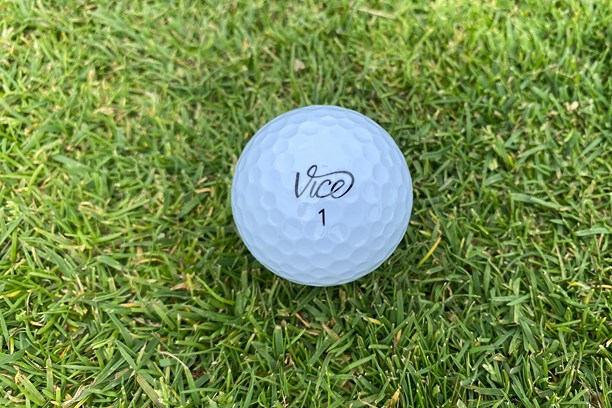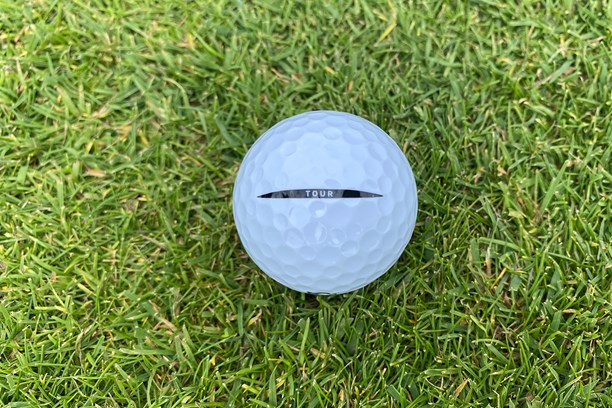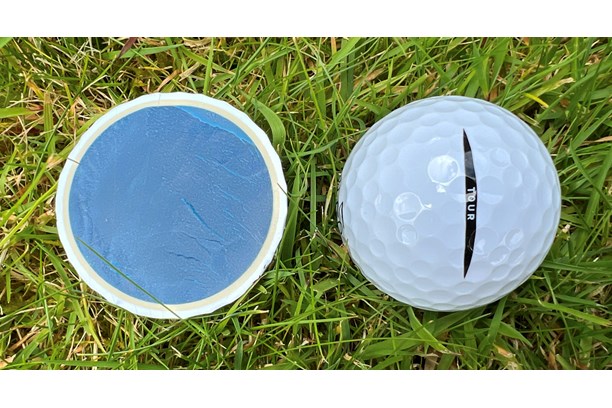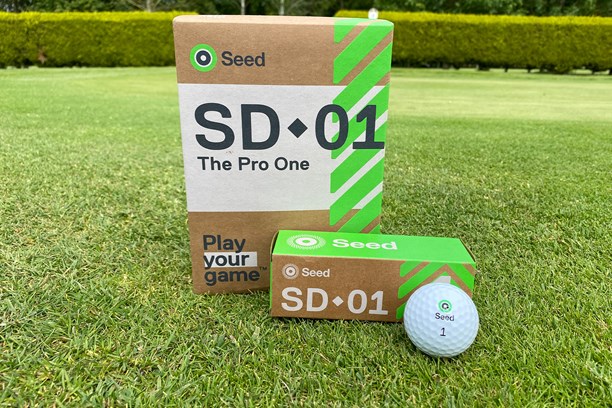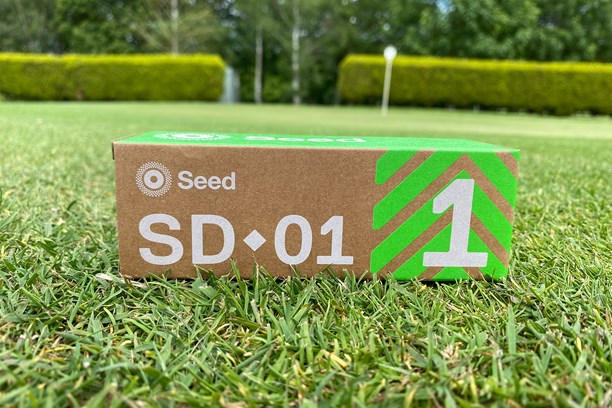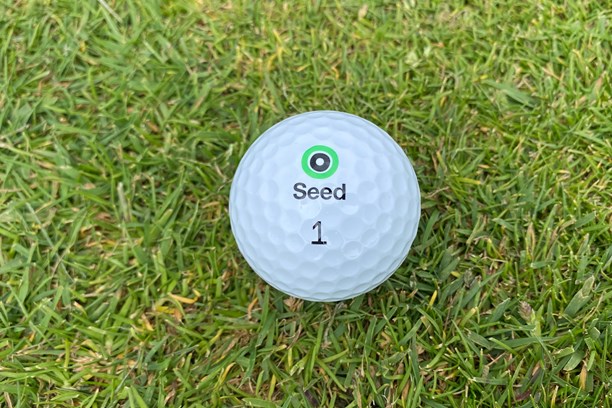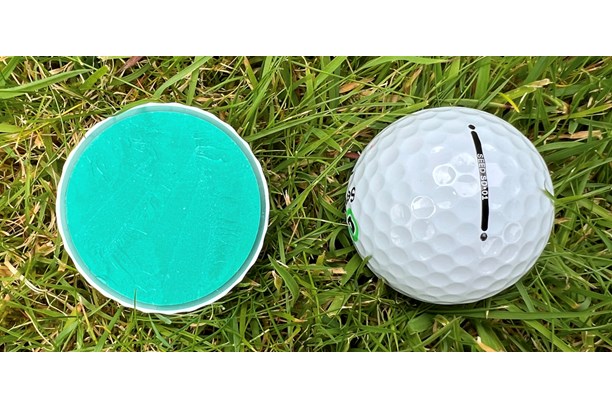The golf ball I wouldn’t recommend to any golfer: Vice Pro Air Golf Ball Review
Last updated:
-
At a glance
- TG Rating
- Owner Rating
-
Pros
- Competitive distance throughout the bag
- Consistent performance
- Plenty of colors and patterns to choose from
-
Cons
- Lack of iron spin and wedge spin
- Not a lot of feedback
- Not as good as other Pro golf balls at the same price or the Tour which is cheaper
What we say...
A soft-feeling, low-compression, 3-piece golf ball – sounds good? How does it perform?
Before heading to the course to put the Vice Pro Air golf ball through its paces, I was unsure as to whether it would underperform – like it did in our 2024 golf ball robot test – or if it would excel and challenge the best golf balls.
Sadly, I have to say that I was completely underwhelmed by the Pro Air’s performance. I genuinely think there is no need for this golf ball. I’ve read through the customer reviews on Vice’s website and I can see that hundreds of golfers love this golf ball, but I fear they either haven’t tried others offered by Vice or settled because of this ball’s distance.
I struggle to determine where this ball falls, and who its target golfer is. I wouldn’t place it alongside the best premium golf balls, but it’s a three-piece urethane cover golf ball. It’s probably not being aimed at this audience but I think mid-handicappers and beginners and high-handicap golfers are most suited to the Pro Air.
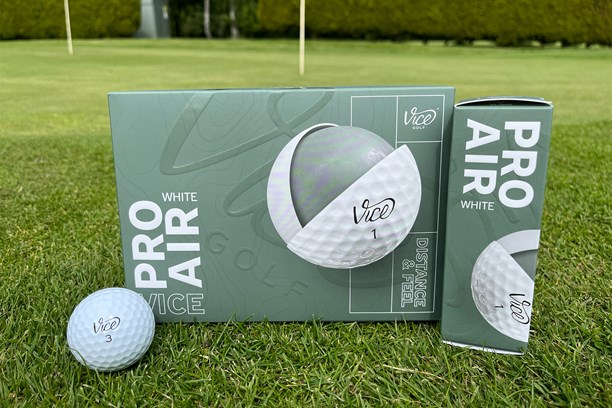

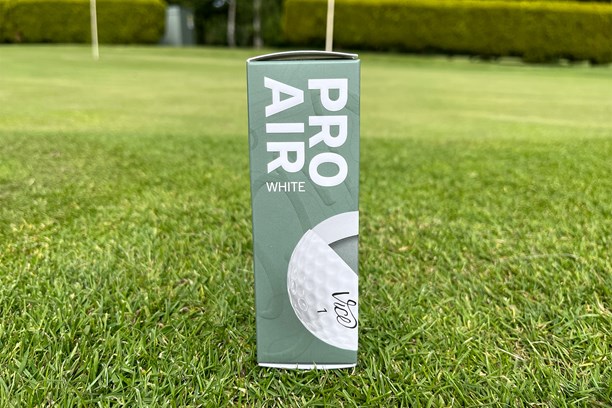
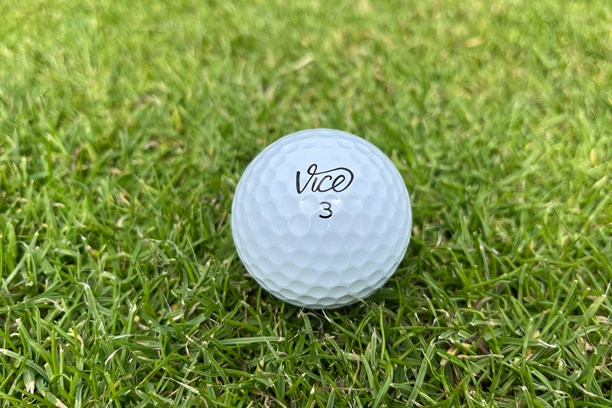
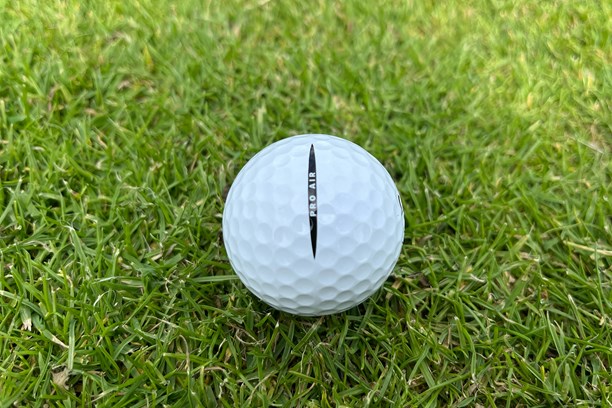
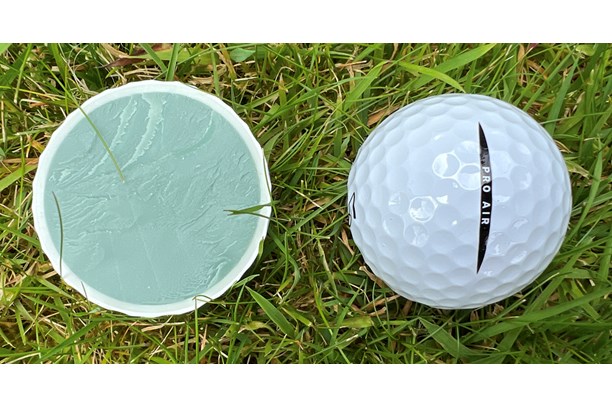
Pros
- Competitive distance throughout the bag
- Consistent performance
- Plenty of colors and patterns to choose from
Cons
- Lack of iron spin and wedge spin
- Not a lot of feedback
- Not as good as other Pro golf balls at the same price or the Tour which is cheaper
| Construction | 3-piece |
| Cover | Urethane |
| Dimples | 318 |
| Feel | Soft |
| Flight | Mid-high |
| Long game spin | Low |
| Short game spin | Mid |
| Color options | White; Lime; Pink |
| Alternative models | Pro Air Drip |
- Thin cast urethane cover
- Zinc ionomer thermoplastic DuPont Surlyn grade mantle
- Size-optimized High Energy Speed Core (HESC)
That being said, at the same price as the Pro and Pro Plus, I don’t see why anyone would opt for the Pro Air over those two. Also, the Tour is much cheaper and a golf ball I preferred to this one.
You might think I’m being unfair to the Pro Air, but allow me to fully explain my thoughts and hopefully, you’ll understand why I gave this golf ball 3 stars out of 5.

Feel and Response
I don’t often begin by talking through how a golf ball feels and its response in my golf ball reviews, but I believe it’s a really good place to start with the Pro Air. Before introducing the Pro Air, Vice offered the Pro Soft. The German company says this ball feels better than the Pro Soft, but I beg to differ. I was much more of a fan of the Pro Soft than I am of the Pro Air.
For me, the Pro Air is lacking more in response than it is feel. Like many of the other Vice golf balls I’ve tested, I just don’t get anything back from them. It’s difficult to determine whether you’ve hit a good shot or a bad shot purely based on the feedback. For some golfers, this might not matter at all, but I like to know.
Partly, the muted feedback does come from the fact the Pro Air is a soft golf ball. Most golfers will like that it’s a soft golf ball. However, in making it soft, I think that there’s been a slight disregard for how it feels off the club face. I don’t think there’s much sensation which personally, is a big part of golf for me.
I want to know when I’ve creamed a drive or nipped a flop shot over a bunker, but with the Pro Air, I just didn’t get this.
Durability
I want to make a quick note on durability. I thought the durability of the Pro Air would be worse than the Pro Plus and Pro, but it was just as durable. Signs of wear appeared after playing a few holes with this golf ball, but that’s to be expected. As are blemishes that appear after playing shots out of the bunker at the short game area.
You can easily play a full round with one Pro Air golf ball, but after 18 holes it’s probably not going to perform well for anymore. If a golf ball can endure an entire round it’s hard to give it less than 4 out of 5.

Versatility
Before I get into the Pro Air’s worst-performing category (tee to green performance), I’ll talk you through why this golf ball only scored 3 out of 5 for versatility. Of all the Vice golf balls I’ve tested this year, I consider this to be the least versatile golf ball in their line-up, which is mainly what makes me view this golf ball as a redundant option.
I wouldn’t say this golf ball is particularly a good choice for golfers with slow swing speeds or quick swing speeds based on the results from our 2024 robot test. When I’ve played with this ball at Cleveland Golf Club I haven’t really enjoyed playing with it because it doesn’t excel in any area. Which nicely moves us on to its tee to green performance.
Tee to Green Performance
As I’ve just stated, I didn’t really enjoy playing with the Pro Air, granted it wasn’t a short golf ball throughout the bag, but it wasn’t seriously long. There wasn’t much grab when I was approaching with an iron, neither was there when I was playing with a wedge from close range and around the greens.
Out of the 24 golf balls we tested on the robot in 2024, the Pro Air was the lowest spinning model with a 7-iron and pitching wedge, which reduces this ball’s appeal in my eyes because most golfers will be looking for a golf ball with high spin in this area. However, if you’re a golfer looking to reduce spin in this area and you want a low-spin golf ball, it could be worth considering the Pro Air.

Although, it wasn’t as low-spinning at all three driver swing speeds. Vice’s golf balls emerged from our 2024 robot test as very consistent golf balls. However, that means that the Pro Air was consistently producing underwhelming numbers that didn’t challenge the best golf balls we tested in 2024.
I wouldn’t go as far as to say that getting from tee to green with the Pro Air was a chore, but it definitely wasn’t enjoyable, and it was more difficult to hit and hold a green with this ball than any of the other three Vice golf balls we tested in our 2024 robot test.
I’ll sum up my thoughts and leave you with them before providing you with a couple of alternative options I’d definitely consider over the Pro Air. But before then, please take the time to see how the Pro Air performed in our robot test and what our Golf Equipment Editor, Simon Daddow, had to say about this golf ball.
Robot test data and verdict: Vice Pro Air
| Driver 85mph Swing | Vice Pro Air |
| Ball speed (MPH) / Launch angle (º) | 123 / 13.7 |
| Backspin (RPM) | 2,477 |
| Carry (YDS) | 189.2 |
| Driver 100mph Swing | |
| Ball speed (MPH) / Launch angle (º) | 142.8 / 13.7 |
| Backspin (RPM) | 2,530 |
| Carry (YDS) | 239.3 |
| Driver 115mph Swing | |
| Ball speed (MPH) / Launch angle (º) | 163.8 / 11.6 |
| Backspin (RPM) | 2,082 |
| Carry (YDS) | 275.2 |
| 7-Iron | |
| Ball speed (MPH) / Launch angle (º) | 107.6 / 21.5 |
| Backspin (RPM) | 4,788 (Lowest) |
| Height (YDS) | 31.8 |
| Descent angle (º) | 44.6 |
| Carry (YDS) | 156.5 (T1) |
| Wedge | |
| Backspin (RPM) | 6,614 |
| Shot area (SQ YDS) | 3.1 (T3) |
| Carry (YDS) | 106.4 |
| Average Shot Area | |
| Averaged over driver, 7-iron and PW | 27.8 SQ YDS |
VERDICT: Vice Pro Air
Softer compression golf balls with urethane covers are all the rage right now in the world of golf, but our data shows you have to understand what’s put on the line by buying purely on feel to truly make the best decision for your game and wallet.
Very few golfers would ever want to play a ball that offers up the least amount of iron and wedge spin and pay more for the privilege than going for a 2-piece ball that could have done a better job for less cash. Our data spells out how the Vice Pro Air is just that ball.

The model offered up the least amount of iron and wedge spin of all the 24 balls tested and apart from being joint longest with the iron, thanks to being so low spin, it brings little other than a soft feel to the table.
For £10 per dozen less you could buy the 3-piece Vice Tour instead. You can expect an additional 179 rpm of iron and a further 1,312 rpm of wedge spin on approaches, which for many will have a direct impact on scoring in the area you want to be at your most accurate. To my mind, there shouldn’t be a golfer out there who’d favor a softer feel over these economics and shot-making capabilities.
Final Verdict
The Vice Pro Air wouldn’t be a golf ball I’d play regularly and it’s not one I’d recommend if someone asked me for a recommendation. It’s not a terrible golf ball, it’s just not a good golf ball. If you want to play with a Vice golf ball, I’d say to give the Pro Plus a go if you’re happy paying the price, or the Tour which is cheaper.
Whether you’re a high-handicap golfer or an elite-level golfer I don’t understand why anyone would opt to play with the Pro Air. If they’ve tried a few there should be a more solid option elsewhere. Even if it means moving away from Vice, I’m 100% sure you’ll find a better golf ball than the Pro Air in no time.
